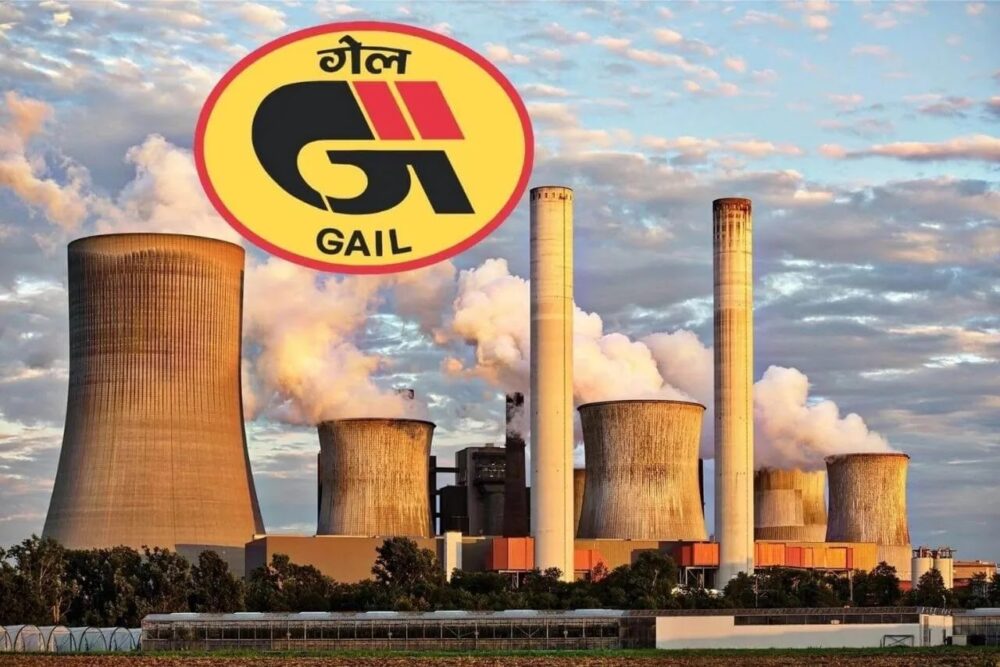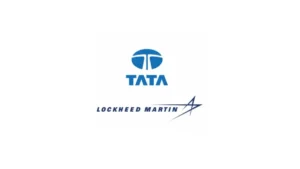In a groundbreaking move, Gas Authority of India Limited (GAIL), the country’s leading gas firm, has successfully executed the world’s first ship-to-ship liquefied natural gas (LNG) transfer. This innovative approach aims to reduce shipping costs and cut emissions significantly, marking a pivotal moment for GAIL as it explores unconventional methods to enhance its business operations.
GAIL’s LNG Contracts and Conventional Shipping Process
- GAIL has secured contracts for 5.8 million tonnes per annum of LNG from the United States.
- Traditionally, this volume is transported to India via LNG ships, covering a vast distance of approximately 19,554 nautical miles for a round trip.
- The journey, which includes transiting through the Suez Canal and Gibraltar, takes around 54 days and emits about 15,600 tonnes of CO2.
The Challenge of Emissions in LNG Shipping
- Emissions in LNG shipping are typically managed through advanced technology or altering the cargo’s destination.
- GAIL, however, has taken a novel contractual approach, optimizing the vessels’ paths to achieve a substantial reduction in CO2 emissions.
GAIL’s Innovative Ship-to-Ship Transfer
- In a recent operation, GAIL’s hired vessel, Castillo De Santisteban, performed a ship-to-ship (STS) transfer mid-way through its journey.
- The LNG cargo was transferred to another chartered vessel, Al Gharrafa of QatarGas, making this the world’s first STS transfer.
- The QatarGas vessel then proceeded to Dahej in Gujarat to discharge the cargo originally planned for GAIL’s vessel, subsequently returning from Gibraltar to the next loading port.
Significant Environmental and Economic Benefits
- This innovative maneuver resulted in a remarkable savings of about 8,736 nautical miles, equivalent to 7,000 tonnes of CO2 emissions.
- Additionally, it reduced the voyage duration for GAIL’s chartered vessel from 54 days to approximately 27 days.
- The optimized gain for GAIL in this charter exceeded USD 1 million, marking a win-win situation for both GAIL and QatarGas.
Scaling Up the Concept
- GAIL officials suggest that the proof of concept demonstrated in this operation has the potential to be scaled up across the entire LNG shipping industry.
- By implementing unique contractual arrangements, owners and charterers could significantly reduce shipping distances, leading to substantial carbon emission savings.
Implications for the LNG Shipping Industry
- Scaling up this concept could result in distance savings of 2,09,664 nautical miles per year with a corresponding emission saving of 1,67,731 tons of CO2.
- Moreover, it could contribute to a significant increase in vessel utilization.
- This innovation aligns with GAIL’s commitment to sustainability and could pave the way for transformative changes in the LNG shipping industry.
Recognition and Awards
- GAIL’s commitment to innovation, coupled with its recent achievements, has earned the company the ‘Innovation Award – India and Midstream Project of the Year‘ at the Asian Oil and Gas Awards.
- This recognition highlights GAIL’s leadership in adopting pioneering solutions to address environmental and economic challenges in the oil and gas sector.
Floating CNG Station and Further Initiatives
- In addition to the STS transfer, GAIL has made strides in environmental initiatives, including the installation of the first floating Compressed Natural Gas (CNG) station.
- This station, situated in the Ganges in Varanasi, serves as a refueling point for boats running on eco-friendly fuel.
- The CNG dispensing infrastructure manages variable water levels and has resulted in the conversion of diesel and petrol engines to CNG-propelled engines.




 Amul Renews Partnership with Argentina F...
Amul Renews Partnership with Argentina F...
 Adani Group to Invest Over $75 Billion i...
Adani Group to Invest Over $75 Billion i...
 Tata–Lockheed Martin to Build New MRO Fa...
Tata–Lockheed Martin to Build New MRO Fa...







